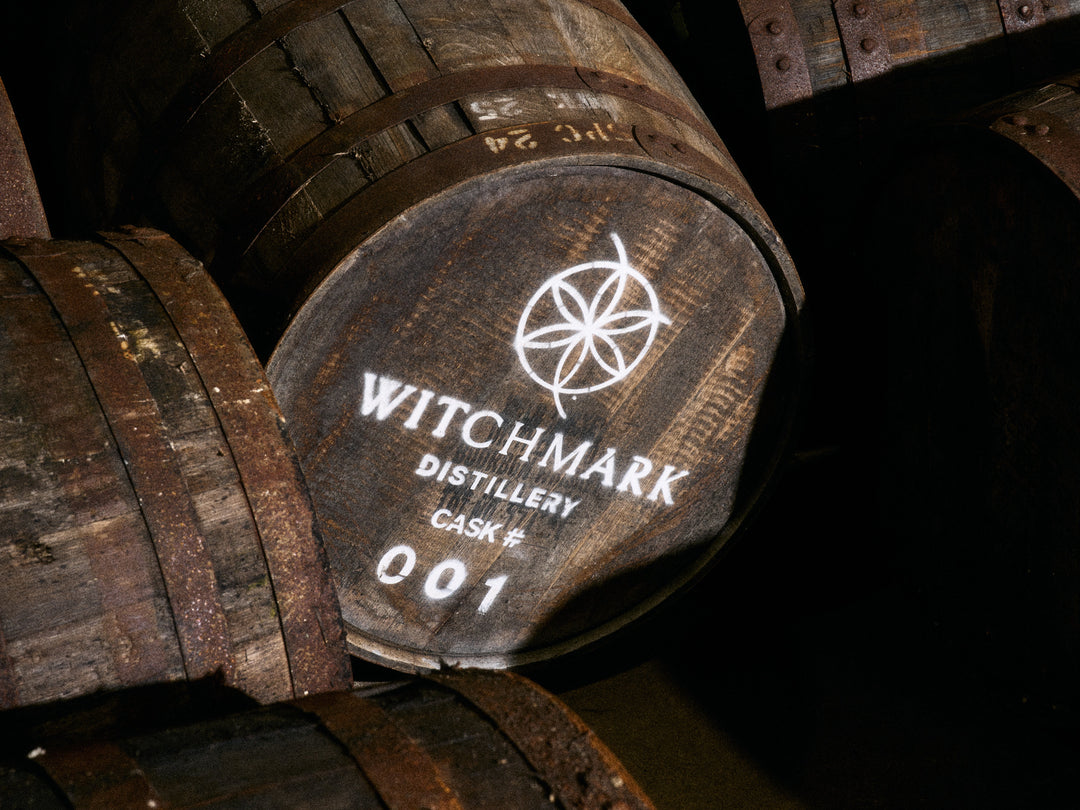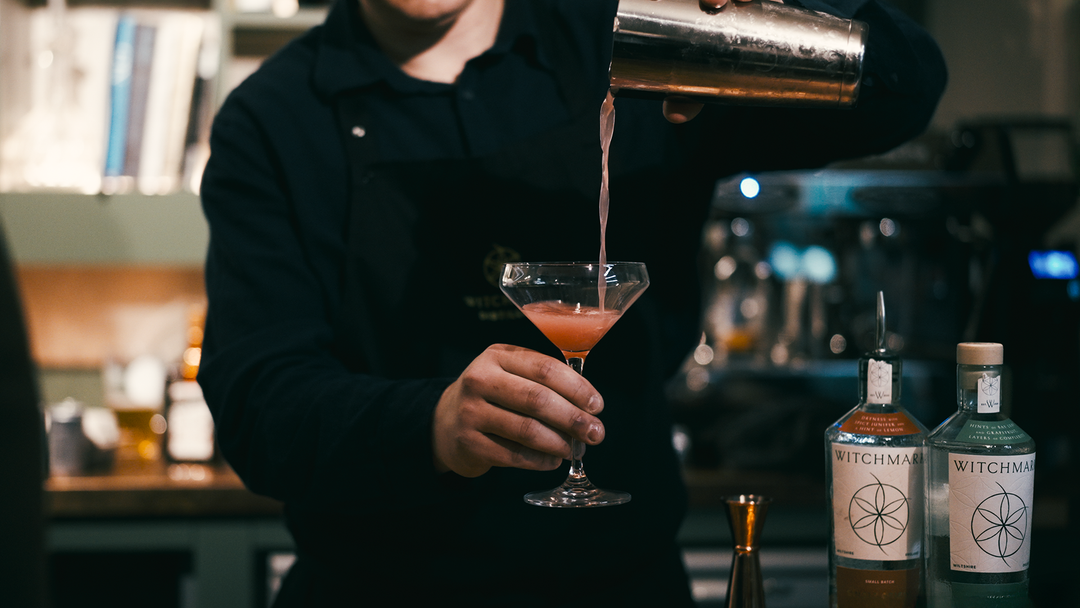Why the Gin Industry is Poised for Growth Over the Next Five Years

The global gin market is expected to experience significant growth, with forecasts predicting it will reach a value of $22.73 billion by 2030. This surge is driven by the rise of premium craft gin, evolving flavor trends, and an increasing interest in mixology.
A recent report by Maximise Market Research highlights how consumer demand for gin has grown across cocktail culture, hospitality venues, and home consumption. According to the study, consumers are gravitating towards small-batch, locally sourced, and uniquely flavored gins. Distillers are innovating by incorporating a variety of botanicals, such as citrus, spices, floral notes, and exotic ingredients, to create distinctive flavor profiles that appeal to a diverse audience.
Key Drivers of Growth
One of the most notable factors contributing to the expansion of the gin sector is the rising popularity of gin-based cocktails, including classics like the Gin & Tonic, Negroni, and Martini. This trend is driving sales both in bars and among home bartenders. The report also notes that premium and super-premium gin offerings are gaining traction, with an increasing number of high-end, aged, and luxury gin variants attracting sophisticated consumers.
Another major shift within the industry is the growing focus on health-conscious drinking habits. To meet the demand for lighter beverages, gin brands are introducing low-calorie and low-alcohol-by-volume (ABV) options, catering to consumers who seek a balance between wellness and indulgence.
Expanding Global Reach
The gin market is also seeing increased penetration in emerging economies. According to the research, regions such as Asia-Pacific and Latin America are experiencing rising gin consumption due to factors like urbanization, shifting consumer lifestyles, and a preference for premium spirits.
Europe remains the largest gin market, particularly in the UK, Spain, and Germany, where a strong gin-drinking culture prevails. North America is also witnessing a surge in craft gin and cocktail popularity, with the U.S. and Canada contributing to the category’s growth. Meanwhile, in Asia-Pacific, countries like China, Japan, and India are fueling gin’s expansion as affluence rises. Similarly, Latin America and the Middle East are embracing gin due to increasing awareness and the availability of premium spirit offerings.
Emerging Industry Trends
The report outlines several key trends shaping the future of the gin industry. Sustainability is becoming a priority, with more distilleries adopting eco-friendly packaging and organic ingredients. Additionally, innovative gin expressions are emerging, including hybrid gins infused with whisky or wine and aged in oak barrels, further expanding the spirit’s appeal.
Another noteworthy development is the rise of ready-to-drink (RTD) gin cocktails. Pre-mixed gin beverages are attracting new consumers who might not have otherwise chosen gin, contributing to broader market penetration. Furthermore, experiential marketing is playing an important role in enhancing consumer engagement. Personalized gin-blending experiences, where distilleries allow consumers to create custom botanical infusions, are helping to build brand loyalty and educate drinkers on the nuances of gin.
With these dynamic shifts in consumer preferences, product innovation, and global market expansion, the gin industry is well-positioned for sustained growth over the next five years.
(This article is based on insights from a report by Maximise Market Research, as originally referenced by The Spirits Business.)





